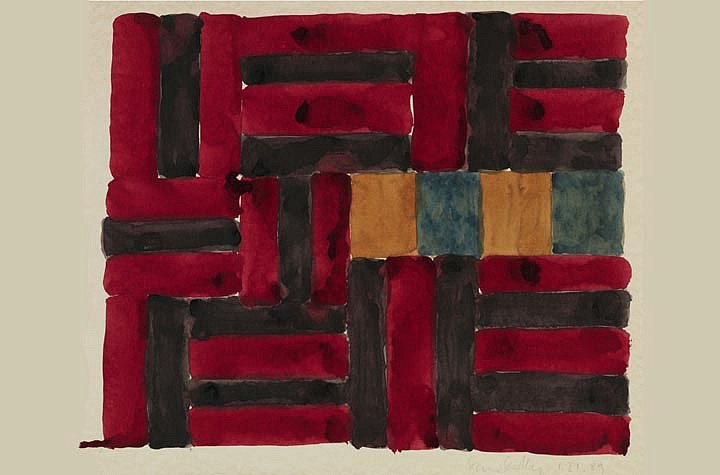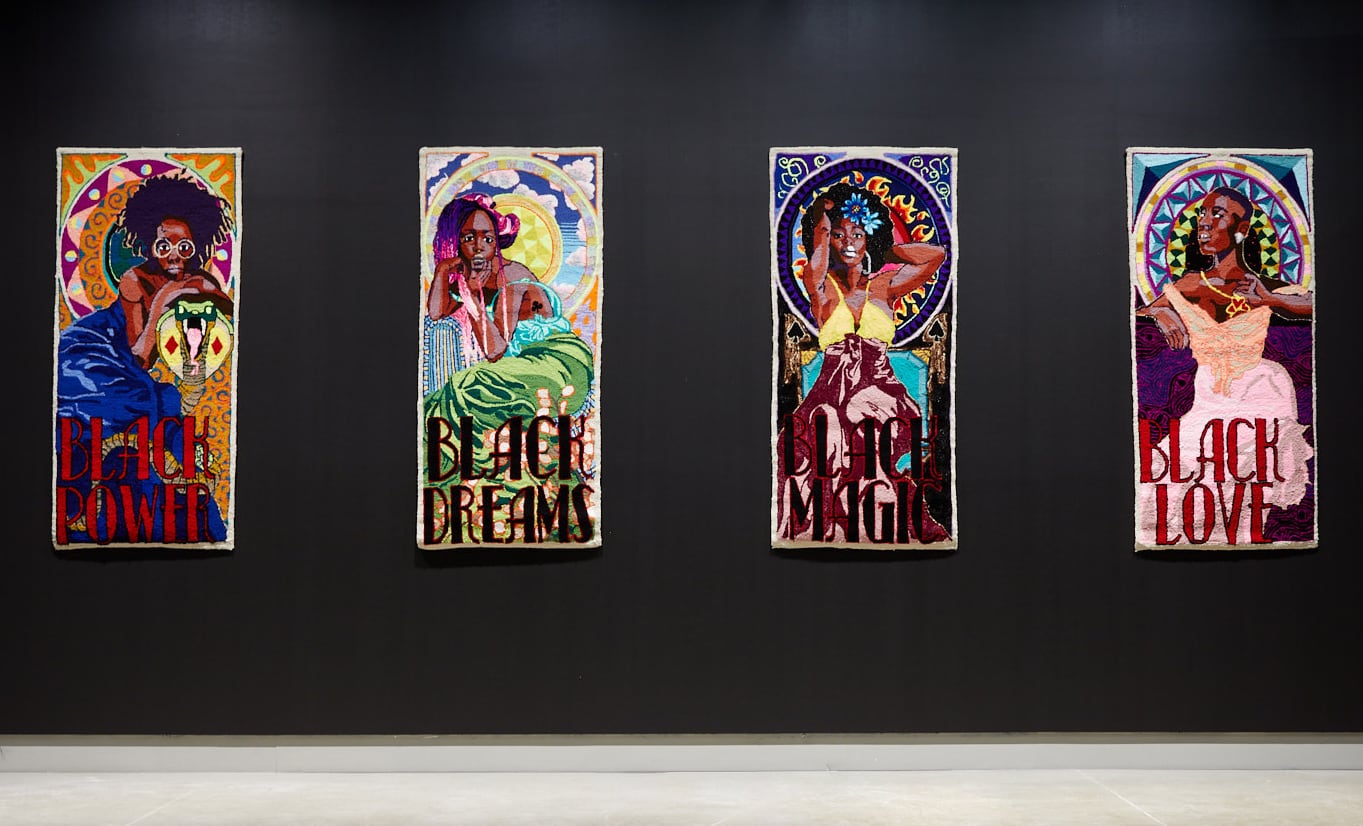Monthly Archives: June 2022
Hip Trochanteric Bursitis – A Runner’s Approach | Runnerclick
Like other large, mobile joints, the hip is more prone to overuse, injury, & other ailments, like hip bursitis. Find out more on the article!
Source: Hip Trochanteric Bursitis – A Runner’s Approach | Runnerclick
This is what I’ve got, with no MM involvement. It’s painful but getting better by itself, more or less. Need to be doing exercises for that hip, and a less inflammatory diet. ie. cut out sugar and carbs mostly. Which I should be doing anyways. I think it comes from the way I walk on that leg, because the knee isn’t quite right, and when I use the cane I actually put a lot of weight in that side.
Dedication’s what you need | John Self | The Critic Magazine
Down with the gratitude-bloat of authors’ endless lists of acknowledgements…
Source: Dedication’s what you need | John Self | The Critic Magazine
Sean Scully, Painter Poet by Donald Kuspit
I think the key to Scully’s art are the 13 etchings he made to accompany James Joyce’s Pomes Penyeach, 1993 and his 10 Etchings for Frederico Garcia Lorca, 2003, along with Samuel Beckett’s Waiting for Godot, which, as Scully said, “made a lasting impression on him.” Joyce and Beckett are Irish, as Scully is, and Lorca was Spanish. The homosexual and republican Lorca was a misfit in Franco’s fascist Spain; he was murdered by it. Joyce and Beckett were alienated from Irish society; Scully was what might be called a natural born alien and outsider in it because he was an Irish Traveler, “a traditionally peripatetic ethno-cultural group originating in Ireland,” sometimes mistaken for or confused with Gypsies, “generally found in Eastern Europe.” They are two distinct cultures and societies, with different languages. In 2011 there were around 29,500 Irish Travelers in the Irish Republic, and they are generally regarded as inferior whites, as the scholar Michal Wolniak notes, and as such marginalized, and perceived as “mad, primitive others,” as he writes. Sean Scully, born in Dublin, Ireland in 1945 to working class Irish Traveler family, could not help but have an inferiority complex.
Luxuriant Tufted Portraits by Artist Simone Saunders Exude Black Joy | Colossal
I celebrate the wins. I know the darkness in this world, so do you. It can drag us down. And when I post, positive messaging is key for me. To share light and love and to look at the world as vibrant and colourful as it can be….It’s reflected in my textiles, to uplift narratives often tethered to dark undertones, with the gift of bright hues. I’m not asking anyone to “smile”, because life will hurt. But hold onto your light… keep grasp of your love.
Samuel R. Delany’s Atlantis: Model 1924 and the Origins of Blackness

“Atlantis: Model 1924” belongs among the most important fiction in Samuel R. Delany’s vast bibliography, precisely because it distills so much of what makes this black, gay Harlemite science fiction writer such a unique figure in American letters—including his family’s history, his thinking on race, sexuality, and gender, his artistic methods as a writer, and his creative approach to literary criticism. “Atlantis: Model 1924” follows the life of a 17-year-old black kid named Sam on his journey from North Carolina to Harlem in the fall of 1923. The character is based on the author’s father, and the storyline is based on Delany’s family history. Two of the fictional Sam’s siblings — Elsie and Corey in the novella — are based upon the famous Delany sisters, Sarah (Sadie) Delany and A. Elizabeth (Bessie) Delany, who became internationally known centenarians with their bestselling book Having Our Say: The Delany Sisters’ First 100 Years (1993).


